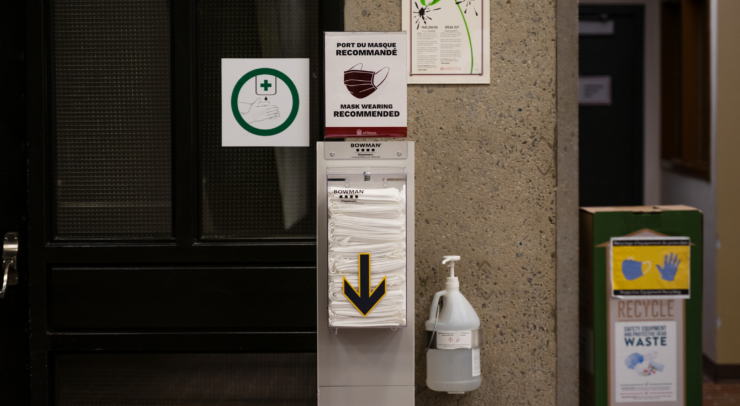This cut deserves a 10 per cent grade
On Jan. 17 the Ford government announced a variety of changes to OSAP, including a mandatory 10 per cent reduction of tuition fees, an opt-out option for student levies, the elimination of the six-month interest-free grace period, and removal of free tuition for low-income students.
Now, these cuts speak for themselves in terms of foreseeable negative implications. The student levy opt-out initiative may leave student-run centres and resources in the dust. Cutting free tuition for low-income students will affect the diversity of socio-economic backgrounds found on campus, and leave many out of the conversation
For low-income students who do take on more loans, they will also then face growing interest from the moment of graduation, due to the elimination of the six-month, interest-free grace period.
This may also have impacts on the job sector, as qualified students may opt for a minimum wage job instead of waiting to enter their preferred field. How long it takes to get an entry-level job out of university depends on the economic climate, as well as the field of study. On average, students can expect to search up to six months for employment following graduation, with 88.8 per cent of U of O’s 2013 graduates employed at six months after graduation.
The only perceived “benefit” of the Ford government’s recent changes is the 10 per cent tuition cut. Which looks good on paper, but in practice? Not so much. I come from a town where most students are privileged enough to not have to take out OSAP loans. They will all still be affected by this announcement, and not in a good way. Not only will this 10 per cent tuition cut be disadvantageous to institutions who will not receive subsidies from the government, but it may also lead to a plummeting quality in student life.
According to a recent article by Global News, post-secondary institutions will be expected to absorb the loss in revenue. It should be noted that international students won’t receive this cut. Implicit in this reduction is a massive rollback on programs, courses, innovative technology, and research.
Learning experiences at the university will severely decline, alongside enrollment. Students looking to apply to universities will see the student life found on campus and determine whether its one they want to join. Opt-out student levies also contribute to this declining quality of campus life.
Similar to buying a sweater on clearance, this discount on tuition will slowly start to unravel the very fabric of the university, with implications spanning far beyond four years.






